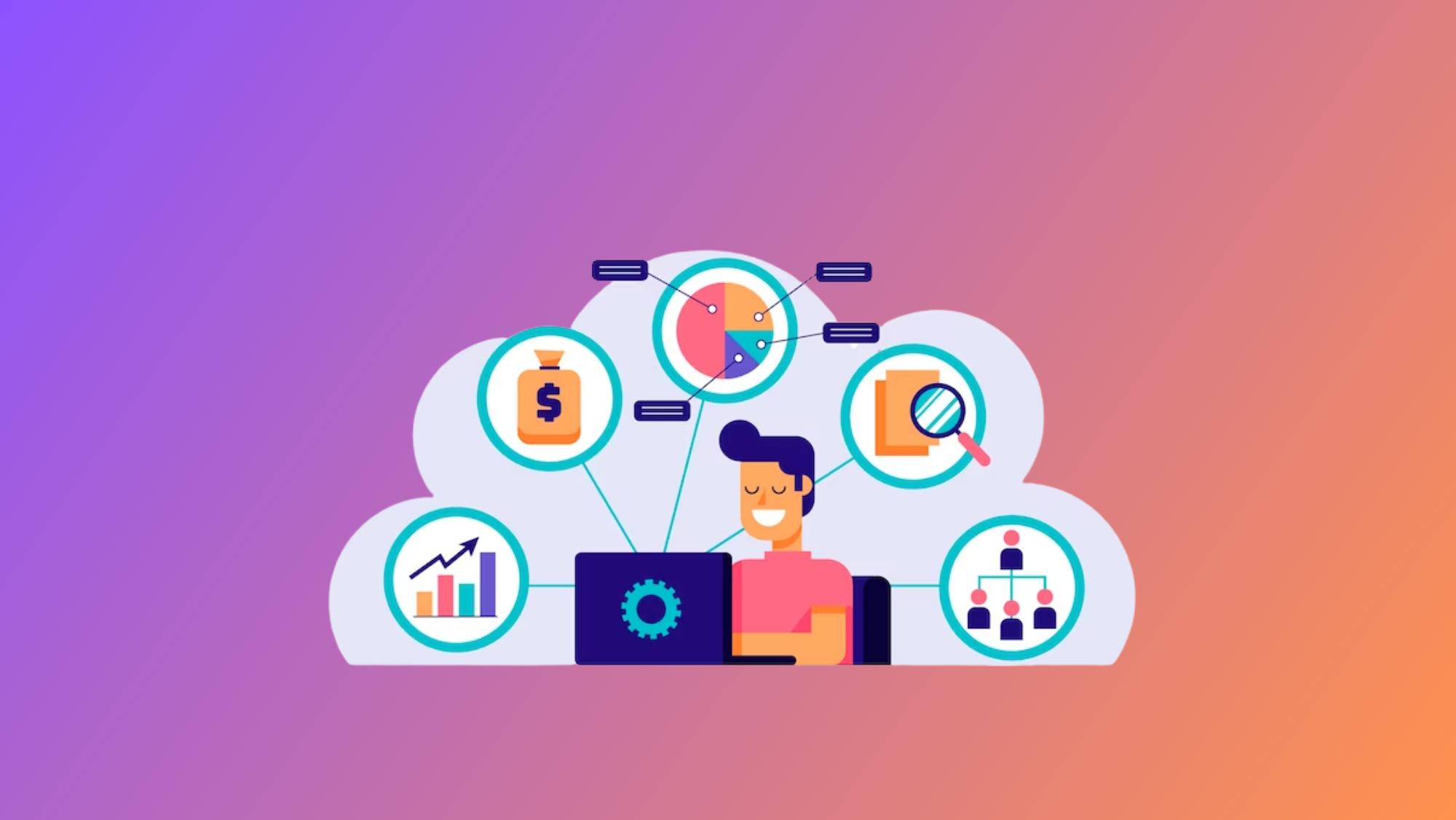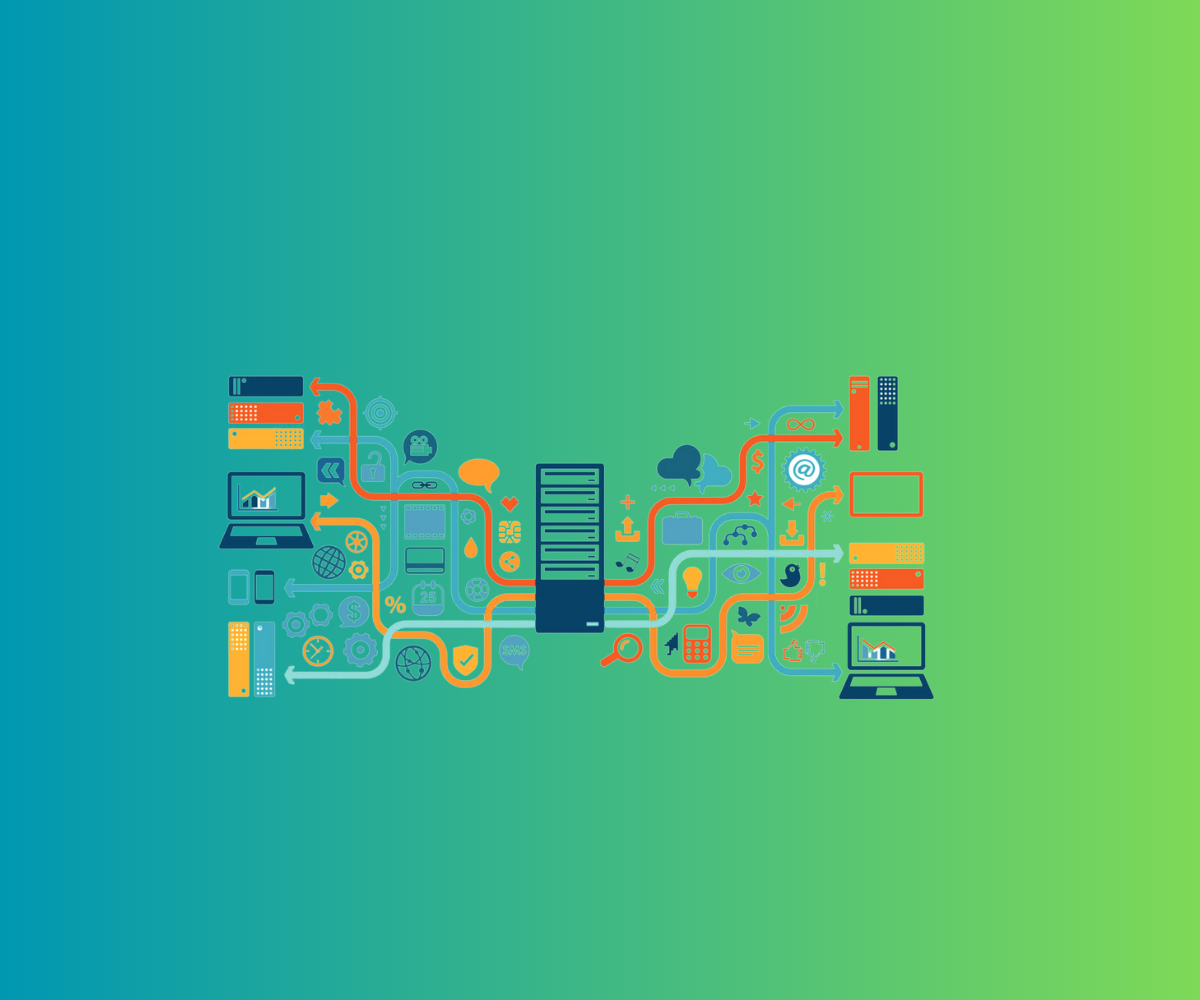How SAP ESG Tools Help Firms Achieve Sustainable and Compliant Growth
In today’s business environment, sustainability isn’t just a moral imperative—it’s a strategic necessity. Investors, regulators, customers, and even employees expect organizations to operate transparently, ethically, and with consideration for environmental and social impacts. This pressure has fueled the rise of Environmental, Social, and Governance (ESG) frameworks across industries.
For enterprises aiming to stay competitive, compliant, and future-ready, integrating ESG into business operations is essential. SAP, a global leader in enterprise software, offers powerful ESG tools that help organizations embed sustainability into their core processes. In this blog, we’ll explore how SAP ESG tools empower businesses to achieve sustainable and compliant growth.
1. Understanding SAP ESG Tools: A Foundation for Transformation
SAP ESG tools are part of SAP’s broader sustainability suite that includes applications, services, and analytics built to track and improve a company’s ESG performance. These tools help organizations measure key metrics like carbon emissions, diversity ratios, labor standards, risk exposure, and compliance with environmental and social regulations.
Some key tools include:
- SAP Sustainability Control Tower
- SAP Product Footprint Management
- SAP Environment, Health, and Safety (EHS)
- SAP Responsible Design and Production
- SAP Cloud for Sustainable Enterprises
- SAP Sustainability Footprint Management
Each tool is designed to address a specific ESG domain—whether it’s calculating a product's lifecycle carbon impact, managing workplace safety, or improving supply chain transparency. Together, they form a holistic framework to drive sustainable action and transparent reporting.
2. Enabling Transparent ESG Reporting and Compliance
One of the major challenges organizations face is meeting regulatory and stakeholder expectations for ESG transparency. SAP’s ESG tools provide standardized reporting capabilities aligned with global frameworks such as:
- Global Reporting Initiative (GRI)
- Sustainability Accounting Standards Board (SASB)
- Task Force on Climate-Related Financial Disclosures (TCFD)
- Corporate Sustainability Reporting Directive (CSRD)
- EU Taxonomy and SEC climate-related disclosures
SAP’s Sustainability Control Tower acts as a centralized dashboard where executives can monitor, manage, and report on ESG performance in real time. It pulls data across departments and systems, automating the aggregation of sustainability metrics and providing ready-to-use insights for audits, investor communications, and compliance submissions.
This transparency not only keeps organizations compliant but also builds trust with stakeholders.
3. Measuring and Reducing Environmental Impact
Environmental concerns such as climate change, resource depletion, and pollution are top priorities for regulators and investors alike. SAP enables businesses to measure their environmental footprint with precision and take action.
Key Environmental Tools:
-
SAP Product Footprint Management allows companies to calculate and analyze the carbon footprint of individual products throughout the supply chain—from raw materials to final delivery.
-
SAP EHS Management helps track hazardous substances, manage environmental permits, and ensure workplace safety.
-
SAP Responsible Design and Production supports circular economy principles by helping organizations design products that are recyclable, reusable, and compliant with packaging waste regulations.
SAP makes it possible to simulate scenarios, compare emissions data, and benchmark performance—all critical steps for organizations trying to reduce Scope 1, Scope 2, and Scope 3 emissions.

Here is a visual breakdown of greenhouse gas emissions by scope:
- Scope 1: Direct emissions from company-owned sources (e.g., vehicles, manufacturing).
- Scope 2: Indirect emissions from purchased electricity, heating, and cooling.
- Scope 3: All other indirect emissions from the value chain (e.g., supplier emissions, business travel, product use).
4. Enhancing Social Responsibility and Workforce Ethics
The social aspect of ESG focuses on how companies treat their workforce, communities, and consumers. SAP tools help monitor and improve diversity, human rights compliance, health and safety, and labor conditions across global operations.
For example:
- SAP SuccessFactors provides advanced analytics on workforce diversity, gender representation, and inclusion initiatives.
- Integration with SAP Fieldglass allows companies to manage third-party labor and ensure vendors comply with fair labor practices.
- Health and safety modules within SAP EHS track incidents, near-misses, and risk assessments, reducing workplace hazards.
These tools allow organizations to take proactive measures—not only reacting to incidents but preventing them through trend analysis and predictive alerts.
5. Improving Governance and Risk Management
Governance refers to corporate structures, ethical practices, data security, and accountability. With ESG regulations tightening, businesses must prove that they are managing risks and acting responsibly.
SAP tools help enforce governance in multiple ways:
- SAP GRC (Governance, Risk, and Compliance) software supports risk identification, policy management, and regulatory compliance workflows.
- Audit Trail and Real-Time Data from SAP platforms ensure traceability and accountability.
- ESG dashboards provide executives with oversight on ESG performance KPIs, ethical sourcing risks, and reputational threats.
By embedding governance into every process, businesses are better equipped to manage long-term risks and build investor confidence.
6. Driving Sustainable Supply Chains
Supply chains are often the largest source of emissions and ESG-related risks. SAP helps organizations manage and optimize sustainability across their supplier networks.
SAP’s Business Network for Sustainability allows companies to:
- Collaborate with suppliers on sustainability goals
- Collect product- and process-level ESG data from suppliers
- Evaluate suppliers on ESG metrics like carbon output, ethical sourcing, and diversity practices
- Embed ESG scoring into procurement decisions
Through this, businesses can create responsible, traceable supply chains that are resilient and aligned with global sustainability standards.
7. Empowering Data-Driven ESG Decisions
Real sustainability transformation requires data. SAP ESG tools integrate sustainability insights directly into core business processes, such as finance, procurement, operations, and logistics.
For example:
- Finance leaders can use SAP S/4HANA and SAP Analytics Cloud to align financial reporting with ESG goals.
- Procurement heads can view supplier ESG ratings in purchasing workflows.
- Operations teams can adjust production planning based on real-time energy consumption data.
SAP’s real-time integration ensures that sustainability isn’t siloed—it’s embedded into every decision, making ESG progress tangible and trackable.
8. Scaling ESG with the Cloud: SAP Cloud for Sustainable Enterprises
SAP has consolidated its ESG and sustainability capabilities into a unified platform: SAP Cloud for Sustainable Enterprises. This solution provides:
- Seamless integration across sustainability, finance, HR, and logistics
- AI-powered recommendations to reduce impact
- Centralized ESG data hubs
- Scalability for global operations
By delivering ESG tools through the cloud, SAP ensures organizations of all sizes can scale their sustainability efforts efficiently and securely.
9. The Business Value of ESG with SAP
Implementing ESG using SAP tools is more than a compliance exercise—it delivers measurable business value:
- Increased investor confidence: Transparent ESG reporting attracts ESG-focused investors.
- Operational efficiency: Energy and waste reduction lowers costs.
- Brand trust and reputation: Consumers and employees prefer purpose-driven brands.
- Risk reduction: Proactive governance minimizes fines, recalls, and reputational damage.
- Innovation opportunities: Sustainable products and processes open new markets.
In short, ESG done right is a growth strategy, and SAP provides the digital foundation to make it work.
Conclusion: Sustainability Starts with Smart Tools
As global pressures mount, organizations must do more than talk about sustainability—they must act. SAP ESG tools give businesses the power to measure, manage, and improve their impact in a structured, compliant, and scalable way.
By embedding ESG into everyday operations, SAP enables organizations to grow responsibly, build resilience, and lead in a purpose-driven economy.
Sustainable growth is no longer optional. With SAP, it's achievable.
You May Also Like
These Related Stories

Case Studies: How Brands Succeed with Adobe Campaign Classic

Unlocking SAP BASIS Career Success: Skills, Opportunities, Growth


No Comments Yet
Let us know what you think